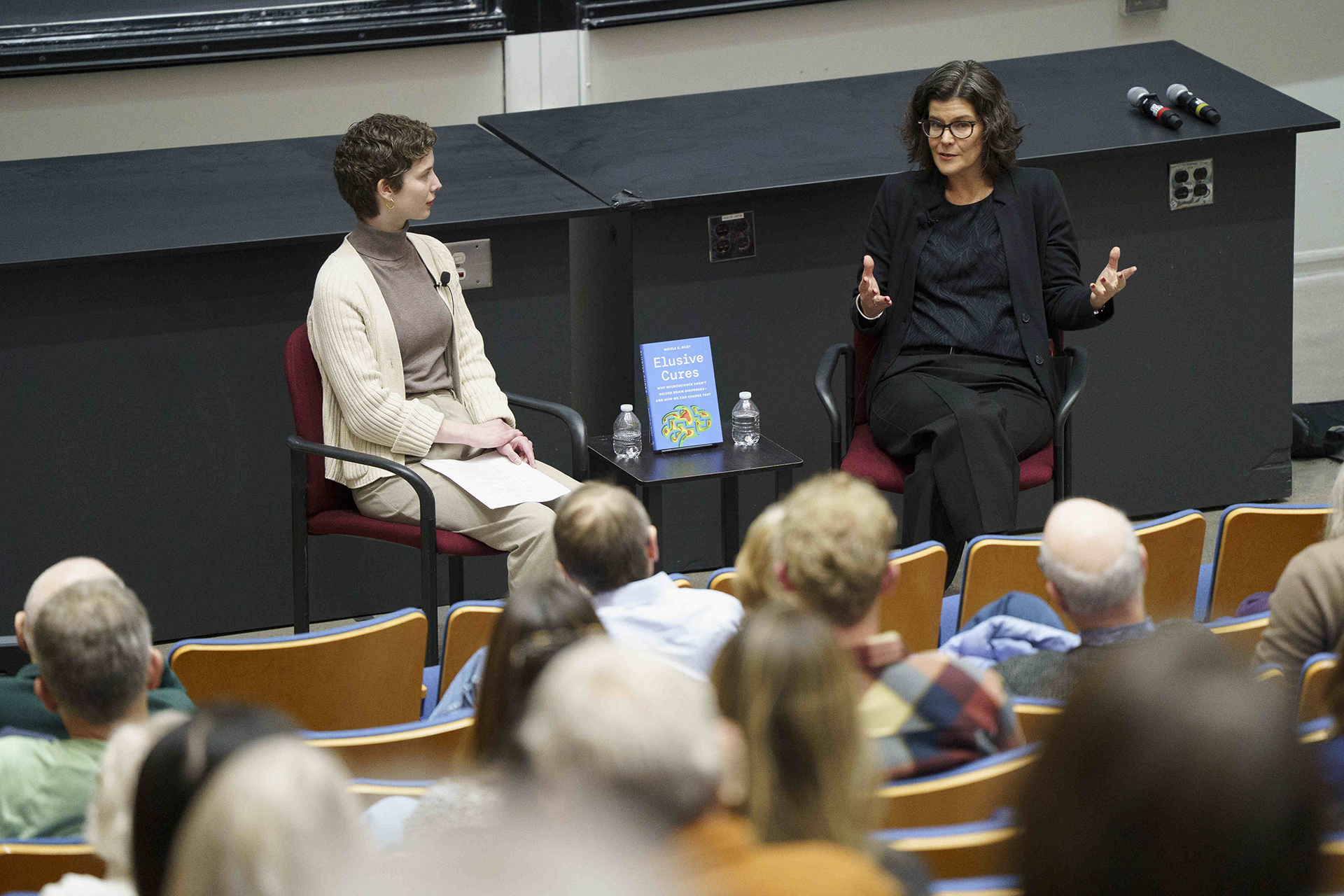
"In her talk, Rust recounted how researchers spent decades envisioning brain disorders in terms of linear causes and effects - what she called "domino chains" of faulty genes to neuroanatomy to dysfunction. Their goal was simply to "find the broken domino and fix it." As a result, researchers spent their time looking for single genes and magic-bullet cures, making precious few breakthroughs."
"In the early 1990s, researchers identified a genetic mutation associated with Alzheimer's disease and its signature symptom, the accumulation of amyloid plaques. Scientists raced to develop amyloid-clearing drugs, but those turned out to have only modest benefits (and harmful side effects), and the disease remains uncured. By the second decade of this century, many researchers and funding agencies were voicing their frustration with the pace of advance."
The brain has been oversimplified by viewing disorders as linear domino chains from genes to dysfunction. Researchers historically sought single genes and magic-bullet cures, producing few breakthroughs and leaving many medications unchanged since the mid-20th century. The amyloid-focused Alzheimer's strategy produced modest benefits and harmful side effects despite massive investment. Growing frustration emerged as those targeted approaches failed to cure complex conditions. Advances in artificial intelligence and new ways of thinking about brain function offer an optimistic path toward breakthroughs by embracing complexity, systems-level models, and novel research strategies that move beyond single-cause explanations.
Read at Harvard Gazette
Unable to calculate read time
Collection
[
|
...
]